Leatherjackets, just one example of how Mother Nature keeps lawn owners on their toes. In this blog I’m going to be explaining what Leatherjackets are, how they get into your lawn, why they are so destructive and what you can do to control them. Let’s go.
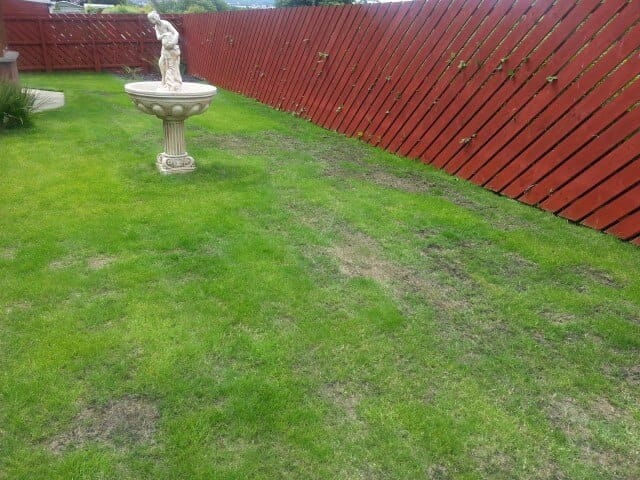
What Are Leatherjackets?
Leatherjackets are the larvae of crane flies, aka Daddy Long Legs. Crane flies themselves are pretty harmless. They have a lifespan of 10-15 days, during which time they basically fly around, mate, lay eggs and die. They might feel a bit tickly if they land on your skin but apart from that, they’re barely even annoying.
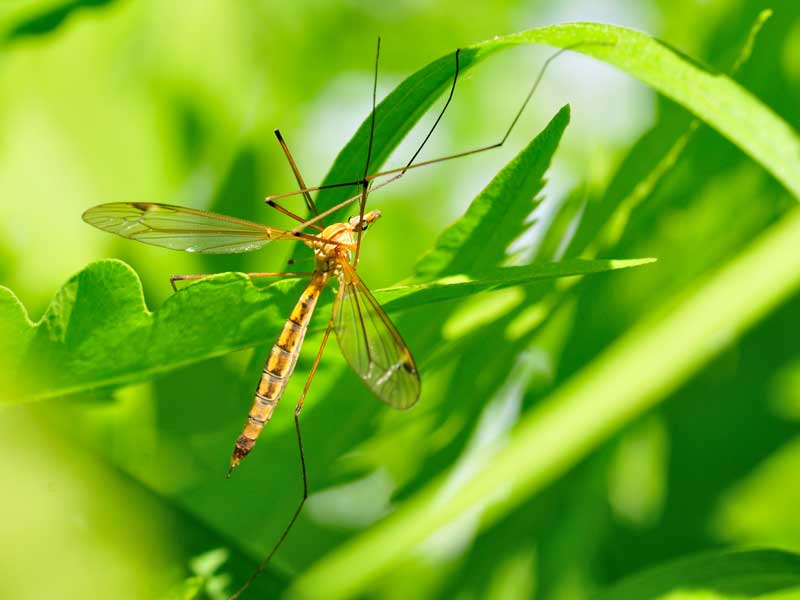
Crane flies lay their eggs in damp soil, leaf litter or decaying wood because that’s going to provide their lava with a source of food. Your lawn offers an ideal environment. The short grass gives easy access to the soil and all of those leaves and roots represent a veritable feast for the leatherjackets.
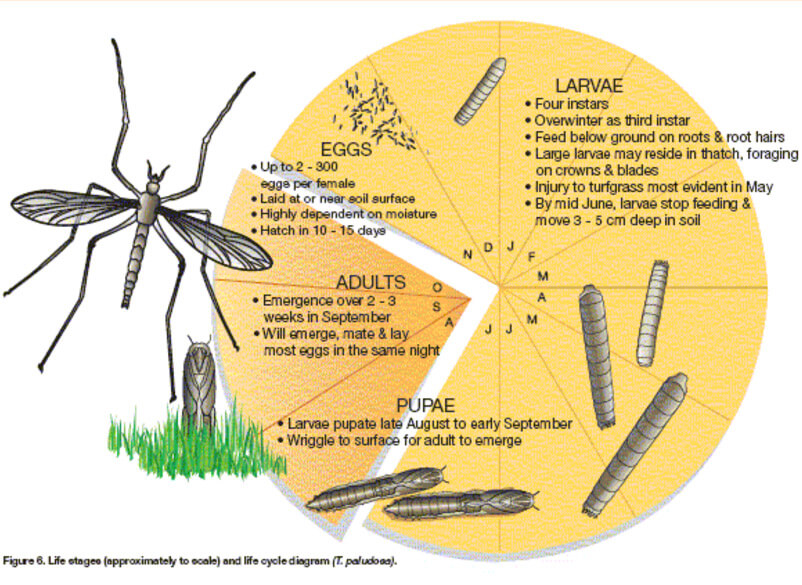
Crane fly life cycle we’re noticing that with climate change, adults are emerging from the ground and laying their eggs slightly later in the year than this diagram suggests. Anyone caring for a lawn should keep their eyes peeled for emerging adults from mid-september through to the end of October
How Can You Recognise A Leatherjacket?
Leather jackets have a very distinctive appearance. They’re up to 3cm long, tubular shaped and slightly resemble caterpillars. These larvae have greyish-brown coloured, leathery skin. There’s no obvious head or tail and they are legless.
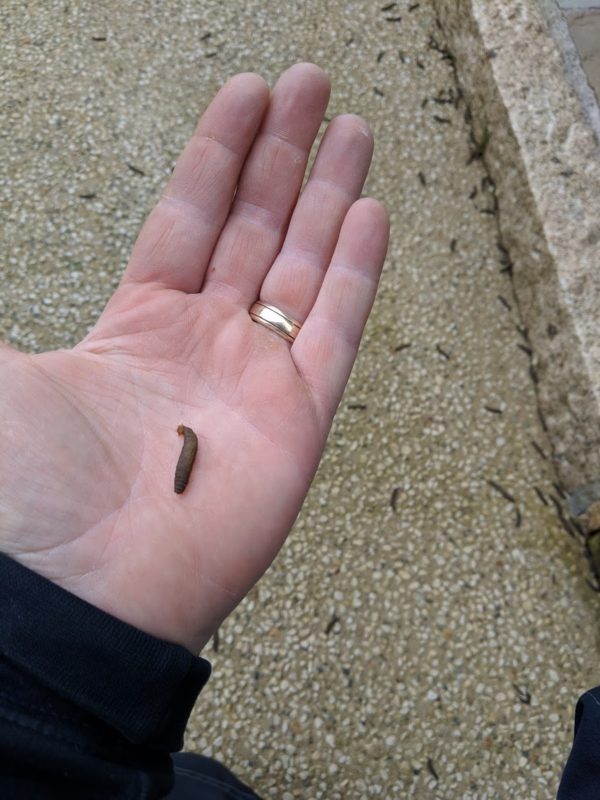
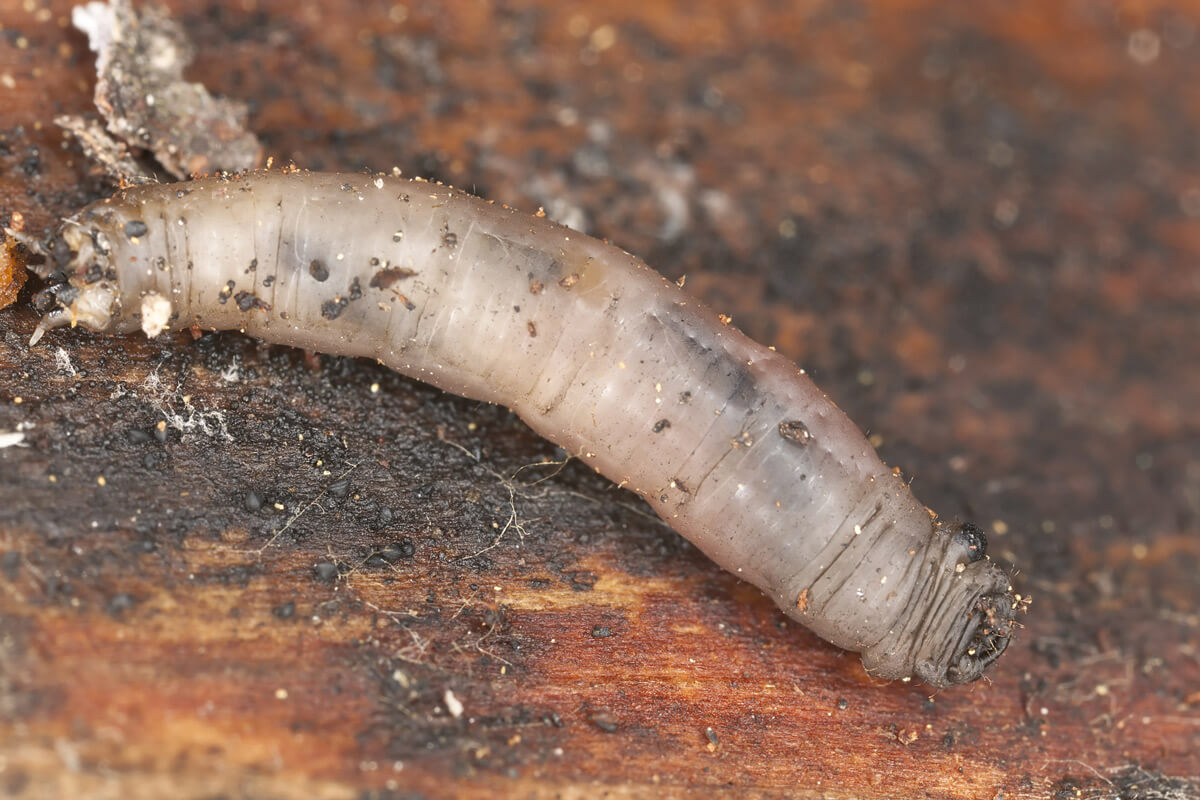
This is what a crane fly lava or leatherjacket looks like.
Because leatherjackets live within the soil, you may not know they are in your lawn until you start spotting the symptoms.
- Grass plants look sickly yellow and weak.
- It’s very easy to pull grass out of the ground.
- Leaves are very easily separated from the roots
- Birds such as starlings or crows start paying your lawn a lot of attention as they search out the tasty grubs.
- You remember seeing lots of Daddy Long Legs flying around your garden last autumn.
In Defence Of Leatherjackets
In ecological terms, the larvae could be considered ‘good guys’. Along with beetles and earthworms, they help to decompose and organic matter in the soil. However, when there is a large population of leatherjackets beneath a lawn, they tend to feast on the roots of the grass plants and can very quickly decimate an entire lawn. As with most things in the garden, lawn care is a matter of striking a balance between supporting biodiversity and getting the results you want.
How To Get Rid Of Leatherjackets
Leather jackets have always been notoriously difficult to treat. However, I have some good news on that front. Keep reading to find out more…..
Act Early To Avoid Damage From Leatherjackets
The good news is, that as from spring 2023 lawn care specialists have been able to access chemical treatment for leatherjackets. The slightly less good news, is that the application has to be perfectly timed in order for the chemical to work.
If you see Crane Flies flitting around in your garden, (usually around October) you need to act quickly. Contact your local lawn care specialist to discuss treatments. Chemical treatments need to be applied around the time that the eggs are hatching. That’s a few days after they were laid.
At the time of writing, this chemical is not available for DIY application. You won’t find it on garden centre shelves. It can only be purchased and applied by trained professionals. Tests have shown that following the chemical treatment with an application of nematodes is THE most effective way to control leatherjackets in your lawn.
What To Do When You Spot Leatherjackets In Your Lawn
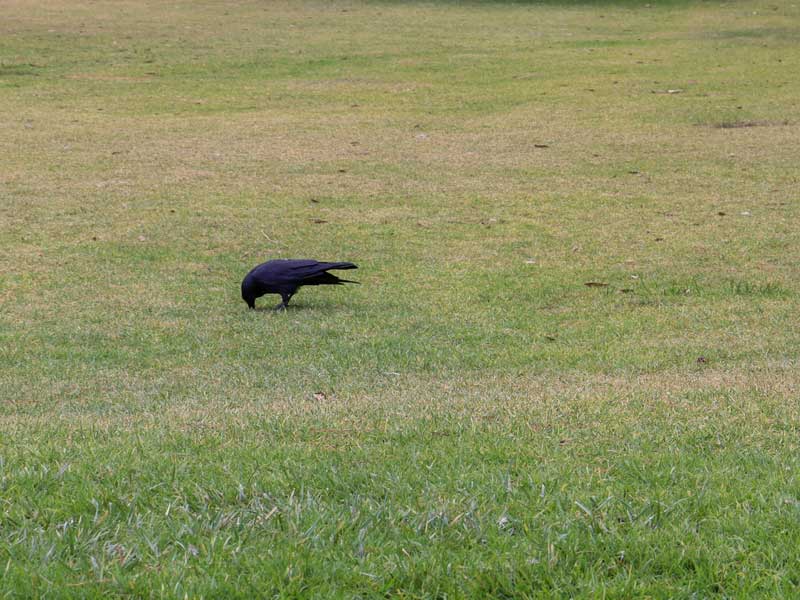
Birds foraging on your lawn is a possible sign of leatherjackets. In severe infestations its not unusual for the birds to damage the lawn even more by pecking and scratching at the grass.
If you happen to spot a leather jacket or two while you are working on your lawn or weeding your borders, there’s no need to panic. A healthy lawn can tolerate a leatherjacket population of around 40 per square foot without coming to any harm. However, if your lawn is stressed the tolerance drops to around 15 leatherjackets per square foot.
If you can see that leatherjackets are damaging your lawn, it’s too late for chemical controls. You can however use mechanical means to reduce the population.
My go-to method is to water the lawn really well and then cover it with a tarpaulin or with thick black plastic. A pond liner is ideal. Secure it well and leave it over night.
By morning, the leatherjackets will have come to the surface of the lawn in order to escape the water. You’ll then be able to either pick them up and put them on the bird table, or crush them with a roller. Repeat the process every couple of days until you are happy that the population has been depleted.
If you are unlucky enough to suffer a leatherjacket attack, talk to your lawn care professional about preventative care for next season. And don’t forget to book some growth boosting treatments to help your lawn recover it’s glorious good looks as soon as possible.
If your lawn is in the Belfast area, contact Premier Lawns about leatherjacket control
Find A Lawn Care Professional Near You
